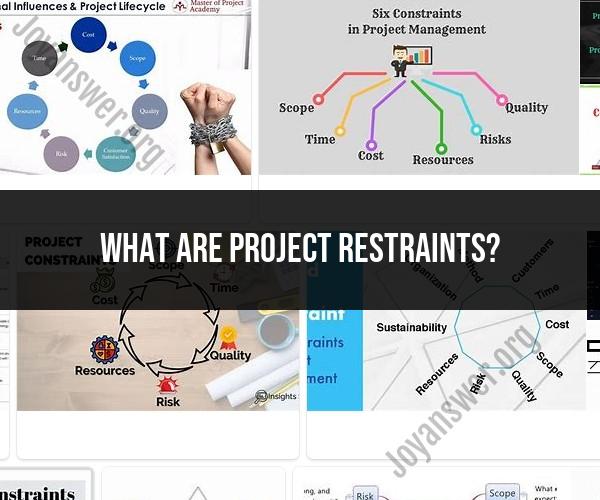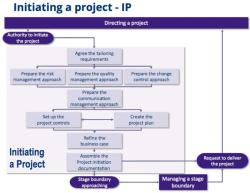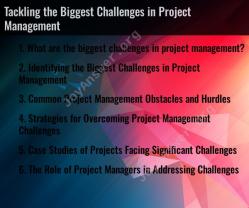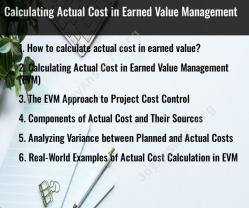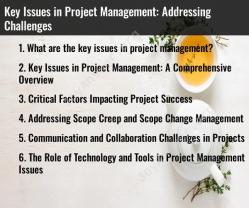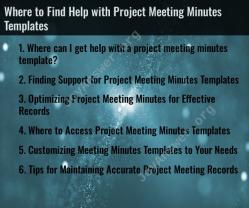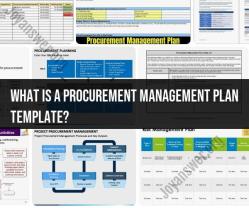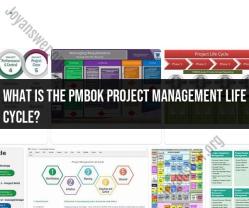What are project restraints?
Project restraints, also known as project constraints, refer to the limitations or boundaries that can impact the planning, execution, and completion of a project. These restraints are essential considerations for project managers and teams as they help define the project's scope and guide decision-making throughout the project lifecycle. There are typically three primary types of project restraints:
Time Constraint: This constraint is related to the project's schedule and the deadline for completing the project. It includes factors such as project duration, milestones, and delivery dates. Time constraints are often critical for projects with fixed deadlines, such as product launches, events, or regulatory compliance.
Cost Constraint: Cost constraints are associated with the project's budget and financial resources. This includes considerations like project funding, budget allocation, and cost limitations. Managing costs effectively is crucial to ensure that the project stays within budget.
Scope Constraint: Scope constraints pertain to the project's defined objectives, requirements, and deliverables. They outline what the project will and will not include. Scope constraints help prevent "scope creep," which occurs when additional features or work are introduced during the project without proper evaluation.
These project restraints are often interconnected, and changes to one can impact the others. For example, extending the project timeline (time constraint) may increase costs (cost constraint) or require adjustments to the project scope (scope constraint).
In addition to these primary constraints, some projects may also consider other factors such as quality standards, resource availability, and risk management as constraints.
Effective project management involves balancing these constraints to achieve project objectives successfully. Project managers work to optimize project outcomes by making informed decisions, managing risks, and adapting to changing circumstances while staying within the defined boundaries of time, cost, and scope.
